-
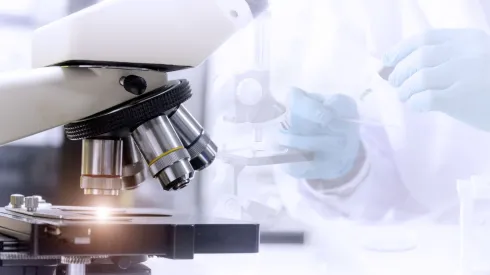
Size of silver nanoparticles? Change it depending on application
How many nanometers should nanoparticles have to exhibit antibacterial properties, or be used in cancer treatment? Scientists from the Jagiellonian University and the Polish Academy of Sciences showed that the parameters of newly synthesized silver nanoparticles allow to tune their biological activity.
-
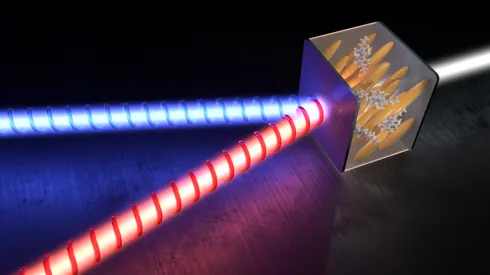
Polish physicists present new type of microlaser with broad applications
Scientists from the University of Warsaw, the Military University of Technology and the University of Southampton presented a new type of tuneable microlaser emitting two beams. The precisely tunable laser can be used in many fields of physics, chemistry, medicine and communication.
-

Professor Krzysztof Sacha: Time crystals contribute to development of timetronics
A group of scientists from the United States and Professor Krzysztof Sacha from the Jagiellonian University have just presented groundbreaking achievements in the work on time crystals, as reported by Nature Communications. Time crystals are structures that have only been studied for 10 years, which, like space crystals, have atoms arranged in repeating, predictable patterns, but in time. They can probably be used to recreate various components, such as superconductors or transistors.
-
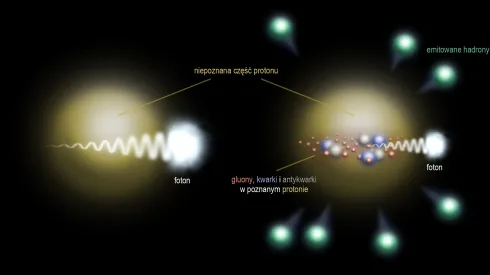
Interior of protons is maximally entangled
Fragments of the interior of a proton have been shown by scientists from Mexico and Poland to exhibit maximum quantum entanglement. The discovery, already confronted with experimental data, allows us to suppose that in some respects the physics of the inside of a proton may have much in common not only with wellknown thermodynamic phenomena, but even with the physics of... black holes.
-
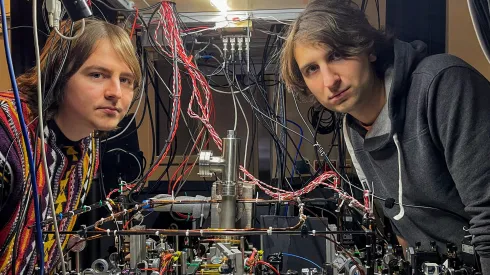
Warsaw researchers find practical application for quantum processor
Researchers from the University of Warsaw have built Poland's first quantum processor and used it in practice - in spectroscopy. They have shown how quantum information processing allows to more efficiently draw information about matter hidden in light, the Centre of New Technologies of the University of Warsaw reports.
-
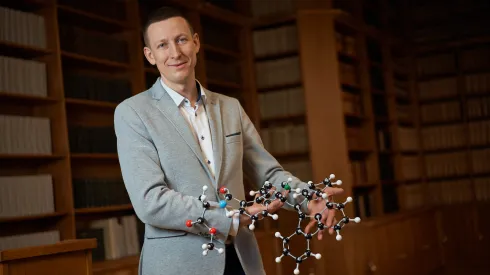
Study the world 'through the looking-glass'? Warsaw scientist with ERC grant
In a mirror image of our world, water contaminated with cyanobacteria could be non-toxic and cumin could smell like mint, says Dr. Piotr Garbacz from the University of Warsaw, whose research on chiral molecules will be financed with a grant from the European Research Council (ERC). The results may affect the classification of various chemical compounds and the assessment of their therapeutic effects.
-

Nine Polish scientific institutions in Hyper-Kamiokande Consortium
Nine Polish scientific institutions have joined forces in the Hyper-Kamiokande Consortium. A physical device that will study the history of evolution of the Universe will be built in Japan. The first data are expected in 2027.
-
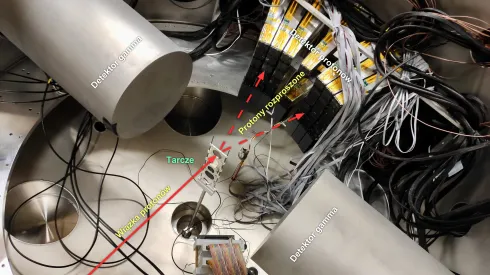
Extremely rare observation of 'tennis-like' vibrations of lead
After hitting a racket or a wall, a tennis ball undergoes several rapid oscillations, flattening and elongating along the direction of motion. At the Institute of Nuclear Physics of the Polish Academy of Sciences, traces of similar oscillations occurring in 208Pb lead nuclei excited by collisions with protons have been registered by measuring gamma quanta. The only previous observation of a similar phenomenon is more than thirty years old.
-

Polish researchers search for gravitationally lensed glow of gamma-ray bursts
Gamma-ray bursts are among the most energetic processes in the Universe. For years they have been the focus of astrophysics. Scientists expect that lensing of gravitational signals from such events is possible. Researchers from the National Centre for Nuclear Research take part in the search for confirmation of these expectations.













